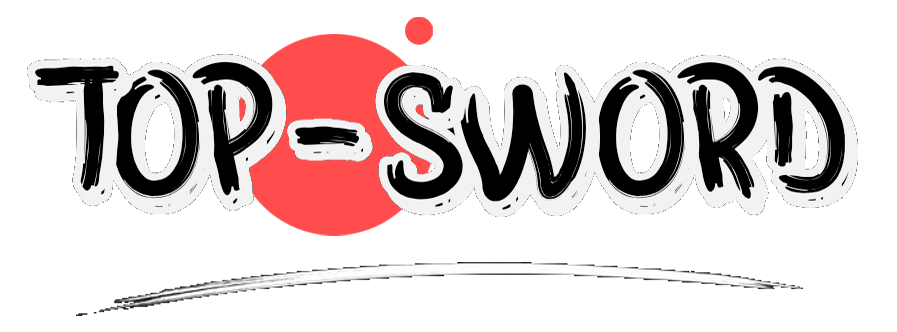The Popular Groups and Global Footprint of Japanese Katana: A Millennium Journey from Traditional Workshops to the International Market
Introduction: The Modern Vitality of the Katana
The Japanese katana, a pinnacle of cold weaponry, continues to wield significant cultural influence worldwide. This article explores three key dimensions:
The cultural strata of katana in Japan: From royalty to commoners
Global user demographics: Katana enthusiasts across 56 countries
Industry insights: Top production hubs, centuries-old brands, and a $320 million global trade network
Keywords: Katana consumer base, Seki cutlery industry, tamahagane exports, modern katana brands
Chapter 1: The Katana Audience Map in Japan
1.1 The Traditional Guardians (~120,000 people)
Imperial Family & Shrines: 3-5 newly forged "divine swords" (goshintō) annually for rituals at Ise Grand Shrine
Designated Swordsmith Families: Only 246 "Living National Treasure"-level smiths serving high-end custom markets
Antique Sword Restorers: ~300 specialists restoring 2,000 blades yearly
1.2 Martial Arts Practitioners (~2.8 million people)
Kendo Practitioners: 1.6 million registered members, consuming 450,000 alloy training swords annually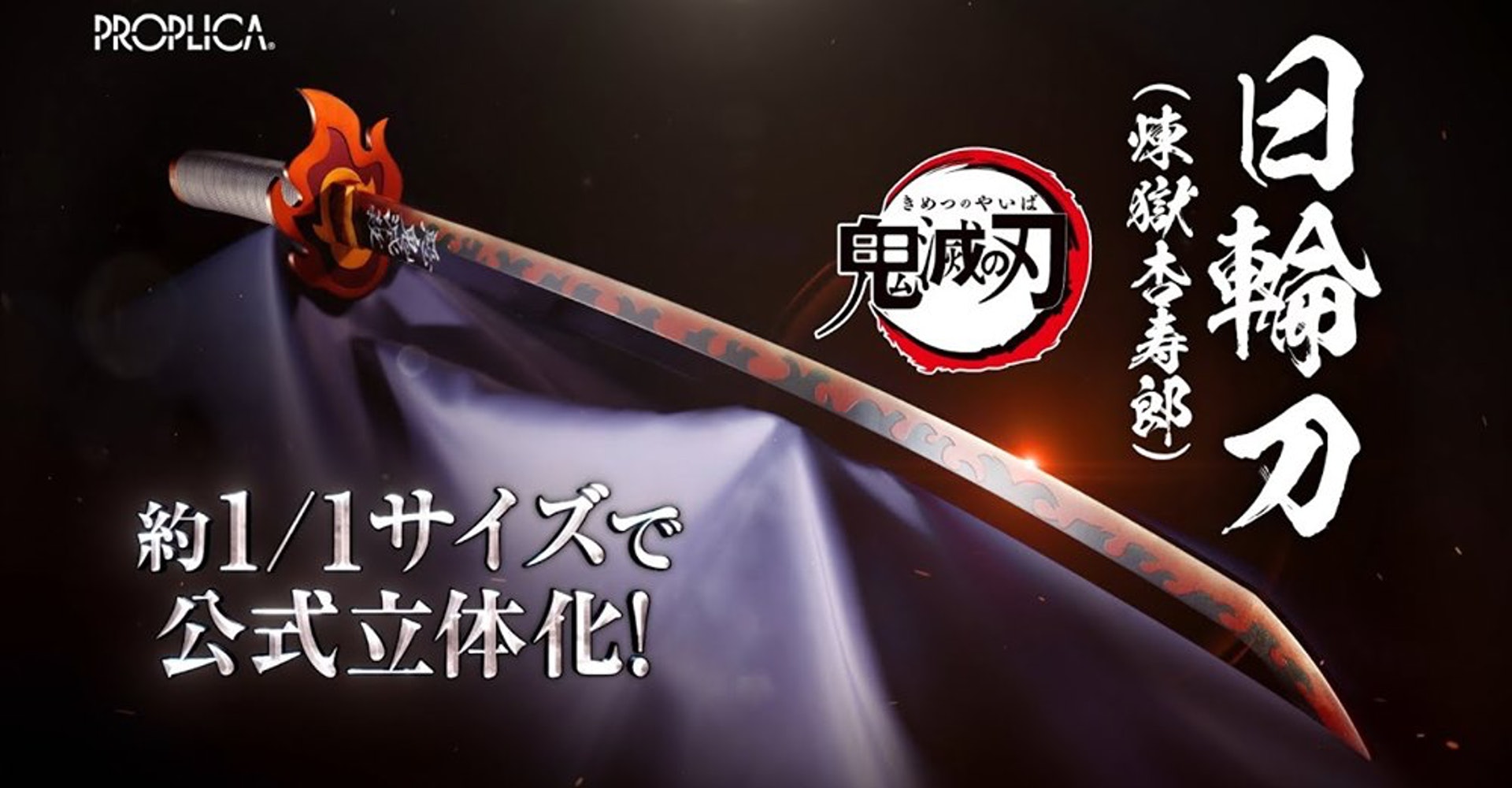
Iaido Schools: 72 registered schools favoring custom combat blades (avg. price: ¥500,000)
Classical Martial Arts Preservation Societies: Using Warring States-period replicas for demonstrations
1.3 Modern Cultural Consumers
Film Prop Market: Toei Studios rents 12,000 katanas yearly
Gaming/Anime Collaborations: Sekiro-themed blades sell out at 300% premiums
Wedding Rituals: 17% annual growth in couples using "protective swords" (mamorigatana) in traditional weddings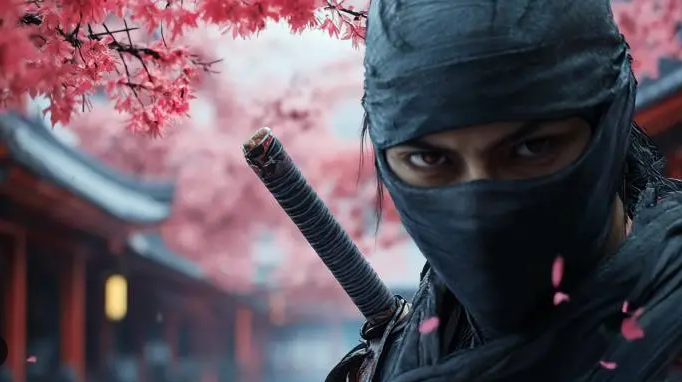
Chapter 2: The Global Katana Landscape
2.1 North America (38% of global sales)
Collectors: 98,000 registered U.S. collectors; $120M annual auction sales
Martial Arts Dojos: 1,200 iaido dojos importing 80,000 training blades yearly
Film Industry: Hollywood prop firms commission 3,000 custom swords annually
2.2 Europe (29%)
Historical Reenactment Groups: UK’s "Wars of the Roses Society" orders 2,000 replica swords yearly
Aristocratic Collections: Spanish Royal Armory holds 37 Edo-period masterpieces
Modern Art Adaptations: Bauhaus designers create minimalist katanas
2.3 Emerging Markets (>40% annual growth)
Middle Eastern Luxury: Dubai elites commission gold-inlaid katanas (record: $2.8M)
Southeast Asian Martial Arts Boom: Filipino Kali adapts katana techniques
African Cultural Fusion: Nigeria’s Yoruba tribe incorporates katanas into tribal rites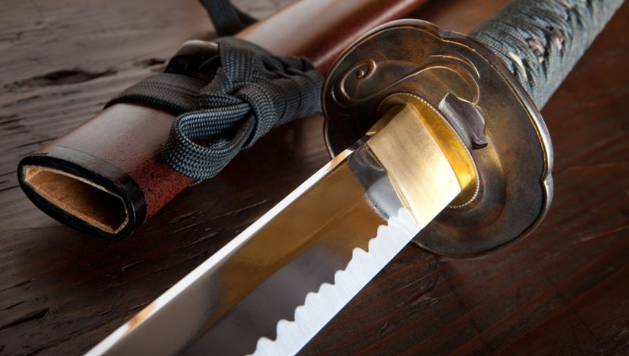
Chapter 3: Top Production Hubs & Centuries-Old Workshops
3.1 Japan’s Three Sacred Blade Cities
Seki City, Gifu: Produces 70% of machine-made blades globally (300,000/month)
Flagship Brand: Seki Kaji Sōke (est. 1590)
Innovation: Laser-etched fake folding patterns (indistinguishable to the naked eye)
Sakai City, Osaka: Heart of hand-forged blades; 48 active workshops
Masterpiece: Gassan Sadakatsu’s "Sword of Emperor Showa"
Tech: Vacuum-coated anti-rust finishes
Tsubame City, Niigata: Transitioned from cutlery to mid-range katanas (60% market share)
3.2 Global Replica Hubs
Longquan, China: Exports 1.2M imitation katanas/year (±0.3mm precision)
Toledo, Spain: Damascus steel fused with katana silhouettes
Texas, USA: "Tactical katana" capital, including firearm-hybrid models
Chapter 4: Brand Strategies & Sales Networks
4.1 Traditional Luxury Brands
Masahiro: Imperial supplier; 5-year waitlist; starts at ¥20M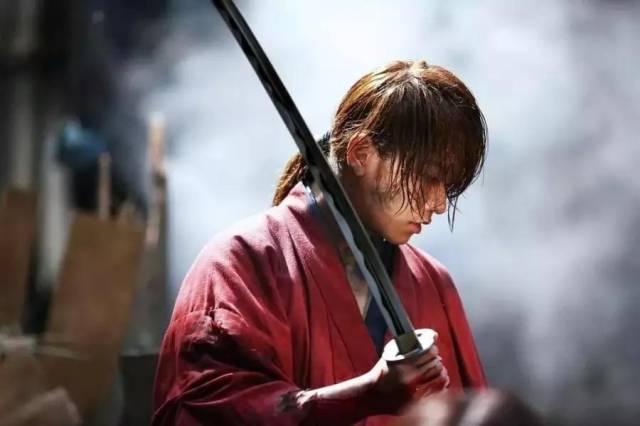
Osafune Motoshige: Uses only Tajima tamahagane (12 blades/year)
Bizen Osafune Sword Museum: Cultural tourism-driven sales
4.2 Modern Industrial Brands
Cold Steel: Sells 500K "88 Series" tactical katanas yearly
Musashi: Zinc-alloy training swords dominate 70% of dojo markets
Amaterasu: Carbon-fiber blades entering military sectors
4.3 E-Commerce Data
Amazon:
180Mannualsales;bestseller:299 machine-made katana
Nihonto Auction: ¥9.2B yearly; record sale: ¥340M
Custom Platforms: BladeForge.com enables 3D-modeled orders
Chapter 5: Legal & Ethical Challenges
5.1 International Trade Regulations
Japan’s Sword Law: Blades >15cm require Agency for Cultural Affairs approval
EU CE Certification: Nickel content must be <0.05%
U.S. ATF Rules: Edged swords classified as registered weapons
5.2 Cultural Appropriation Debates
Design Disputes: South Korea’s "Hwandudaedo" patent lawsuits
Religious Conflicts: Islamic nations importing shrine-certified blades
War Sword Controversies: WWII military katana auctions sparking historical disputes
Epilogue: The Globalization Paradox of the Katana
As robotic arms in Gifu factories mass-produce cheap katanas, Sakai smiths still hammer tamahagane using 800-year-old techniques. This tension between tradition and modernity, local and global, is the very secret behind the katana’s timeless allure.
The Popular Groups and Global Footprint of Japanese Katana A Millennium Journey from Traditional Wo
